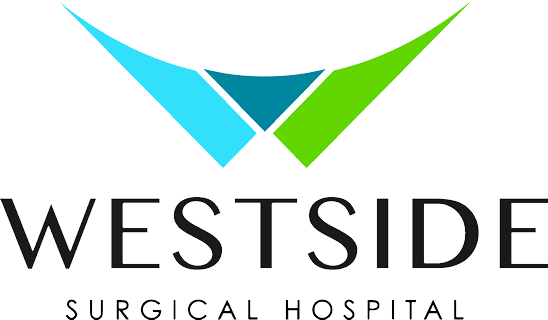Accidents and illnesses happen every day. For the majority, these minor problems require minimal care and treatment. However, it is important to recognize when a situation requires immediate emergency assistance. Knowing the difference can not only save you time and money, but quite possibly your life.
When seeking medical attention, it is important to understand what each service provides. For example, you wouldn’t go to the emergency room with a common cold, nor would a trip to a family care physician be wise when dealing with severe chest pains. There are 3 different options for care facilities available to patients in need:
- Primary Care Doctor: These physicians are primarily seen for annual check-ups, viral illnesses such as the common cold or the flu, low grade fevers, and minor injuries. Practices such as these, for the majority, run on an appointment basis. They are for low risk patients.
- Urgent Care Clinic: Sometimes referred to as minute clinic or “walk in doctors”, urgent care clinics are useful in situations where a bacterial infection might be present or an illness that requires immediate medication, but is not necessarily an emergency. These facilities commonly treat illnesses and injuries such as strep throat, UTIs, migraines, rashes, sprains, eye injuries, or back pain. They operate with a blend of appointments and walk in requests and some are even located directly inside of a pharmacy to make prescription and treatment pick up quick and easy.
- Emergency Room: The ER is a place where patients who need immediate medical assistance can go. Illnesses treated here are life threatening and are classified as high risk. This includes, but is not limited to, head injury, severe chest pain or pressure, seizures, and severe wounds. Emergency rooms can be accessed by walking in or arrival by ambulance.
In the event of an emergency, it is important to know the fastest way of getting to an immediate care facility. Sometimes, this means calling 911 rather than driving to the ER. A person in an emergency situation should call 911 if they are or another person is experiencing the following:
- Choking
- Not breathing
- Head injury with signs of confusion or disorientation
- Neck and spinal injury
- Electric shock
- Severe burns
- Chest pain or pressure
- Seizures
Before an emergency arises, it is good practice to learn what your choices are beforehand. Check with your insurance company to see what facilities are closest to you and accept your coverage plan. Another helpful tip is to program the telephone numbers of your closest doctor, urgent clinic, and ER into your mobile device. That way, help is only a call away.
While most ailments aren’t life threatening, it is important to always consult a doctor if you are under the weather or concerned about your health. Finding yourself or a loved one in an emergency situation can be scary, but knowing the best route for treatment and safety can help control a situation from going from bad to worse. With the right tools, you can create a game plan for any type of medical problem that arises.
